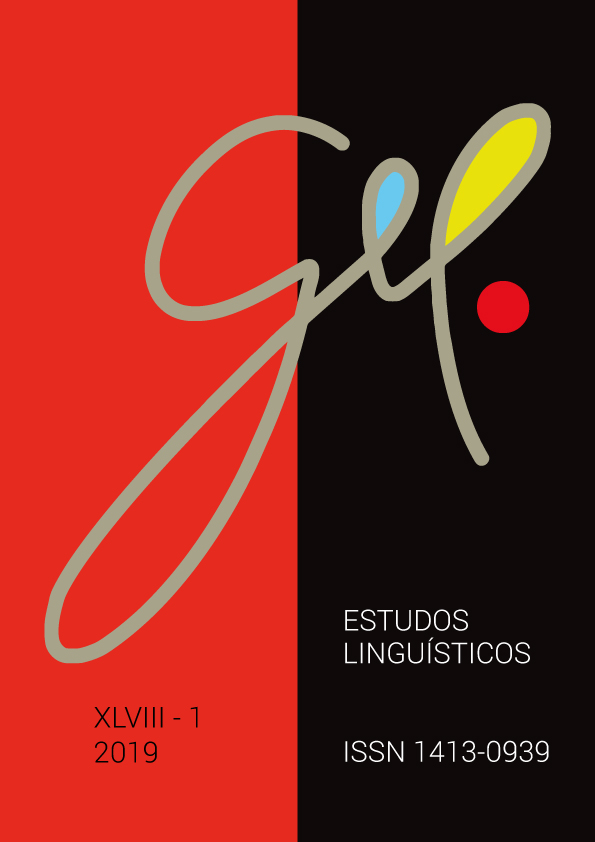Fai una proposta
Lingua
Titolo del blocco
-
111
-
110
-
107
-
103
-
103



